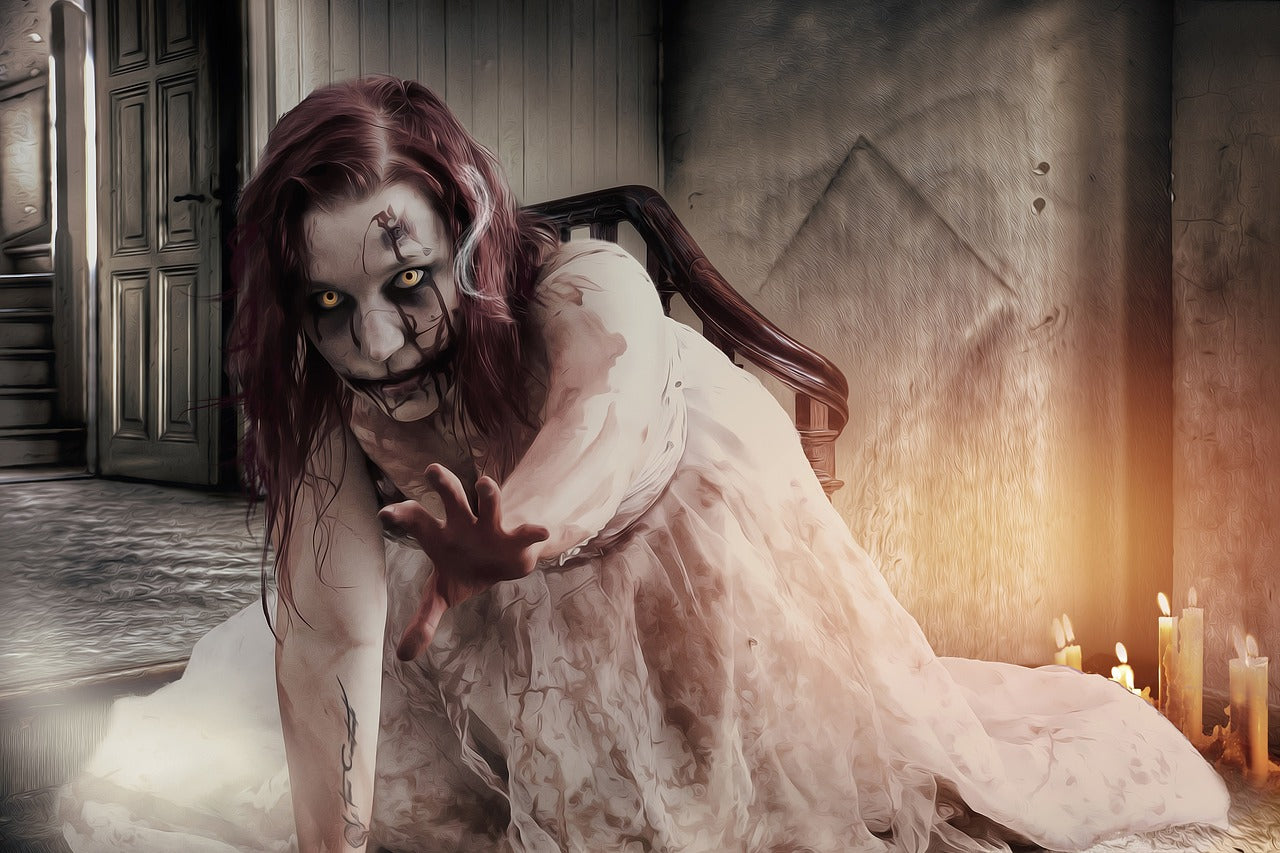Zombies
Vampires
Frankenstein’s Monster
These names bring to mind beings that were perhaps once human, yet were corrupted by science, magic, disease, or decay. Whether singly or in endless hordes, they can be truly terrifying (classic horror) antagonists.
Return to main list
Physically Corrupted: The Origin
This sort of “physically corrupted” being has been around for thousands of years.- Norse mythology had the Draugr, reanimated warriors that live to fight and die a second death.
- The ancient Chinese had the jiangshi, an early type of vampire or animated corpse that would hop around. Koreans, Vietnamese, Malaysians, and Japanese folklore all have their own versions of this monster.
- It is believed the Haitian “zonbi” originated in West African folklore long before the Walking Dead ever made zombies popular.
- People biting each other people and tearing them to shreds
- Creatures feeling no pain at things that should hurt
- People making unfamiliar sounds (groaning, roaring, etc.)
In Stories
Physically corrupted characters are popular in literally every type of media:- Arthas, Paladin of Lordaeron in Warcraft III becomes physically corrupted (thanks to the sword Frostmourne) and is turned into the Lich King.
- Frodo Baggins was physically corrupted by the sword of the Ringwraiths in The Lord of the Rings. Had Elrond not saved him, he would have become one of the Ringwraiths as well and Sauron would have reclaimed the One Ring.
- One of the most emotional scenes in The Walking Dead is when (SPOILER!!!) Daryl Dixon has to kill a zombified version of his brother, Merle Dixon.

